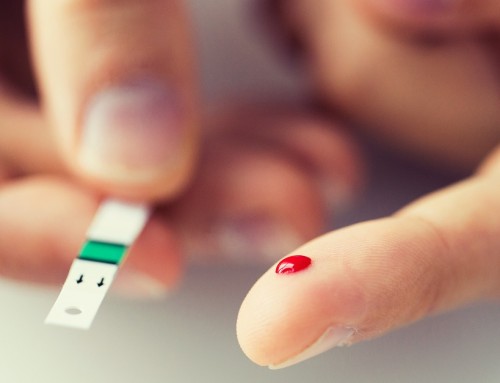Diabetes is wreaking havoc with workforce productivity.
More than a decade ago, two prominent and often-cited studies identified the severity of the problem, but not much has changed since then. The lost productivity and lost income identified in those studies 10 years ago continues to plague U.S. employers.
Consider the findings from those two studies:
A 2004 National Institutes of Health report concluded that “diabetes affects patients, employers, and society, not only by reducing employment, but also by contributing to work loss and health-related work limitations for those who remain employed.”
A 2005 study published in Diabetes Care reported that the incremental lost income because of diabetes is approximately $6 billion per year. What’s more, diabetes is responsible for roughly $500 million per year in lost income because of early retirement, $62 million because of increased sick days, $4 billion because of disability, and $2.7 billion in lost income due to premature mortality, for a total of $7.3 billion per year.
Given the rising prevalence of diabetes, the authors concluded, these costs are likely to increase substantially unless countered by better public health or medical interventions.
Interventions to Stem the Diabetes Workforce Tide
Arguably, the most promising intervention is technology, which can play an enormous role in diabetes management by improving patient monitoring, patient education, and problem solving. Mull over the fact that a person newly diagnosed with diabetes must learn approximately 150 different tasks in order to reach disease self-management, and you can quickly conclude that a brief one-on-one educational session with a hospital discharge nurse just won’t solve this problem.
Specifically, an ongoing telemonitoring program can affect significant improvement and compliance from the patient. For instance, Cardeum’ diabetes management program not only supports patients with home diagnostics for monitoring of their disease, but also management, prevention, and lifestyle changes advised by our team of medical professionals.
For people with diabetes, telemedicine provides greater access to care, real-time insights, and ongoing counsel from a team of health professionals trained in diabetes management. And in case you are not convinced that telehealth can positively impact the diabetic workforce, then here are four studies that should change your mind:
- A study by ActiveCare that combined the technology of ehealth glucose monitors with the power of a call center-based diabetes management program reported that patients who were at least partially compliant with the programs had $3,384 less in medical costs per year than those who were fully non-compliant.
- The Diabetes Education and Telecare Demonstration Project (IdeaTel) reported that people with diabetes who received remote patient monitoring saw a reduction in HbA1c from 8.4% to 7.4%. Improvements in HbA1c, LDL-cholesterol, and BP were sustained over five years.
- In 2003, the Veterans Administration implemented a national home telehealth program known as Care Coordination/Home Telehealth, and enrolled 445 veterans with type 2 diabetes. Over the next four years, the Veterans Administration saw a decrease in number of hospitalizations and an 11% decrease in emergency room visits.
- Medicare’s Telehealth Care Coordination Program showed a cost reduction of 7.7% to 13.3% per beneficiary, per quarter.
What to Look for in a Telemonitoring Program
If you are considering a telehealth program to manage the outcomes of your diabetic patients, covered lives, or employees, then you should first know what to look for. Not only should any program improve the care of people with diabetes, but it should also simplify the healthcare provider’s role in patient management. Any diabetes management solution should eliminate the need for log books, provide daily remote monitoring of blood glucose readings to help healthcare providers improve patients’ glycemic control, prevent or delay complications, and reduce potential health risks by addressing warning signs early.



